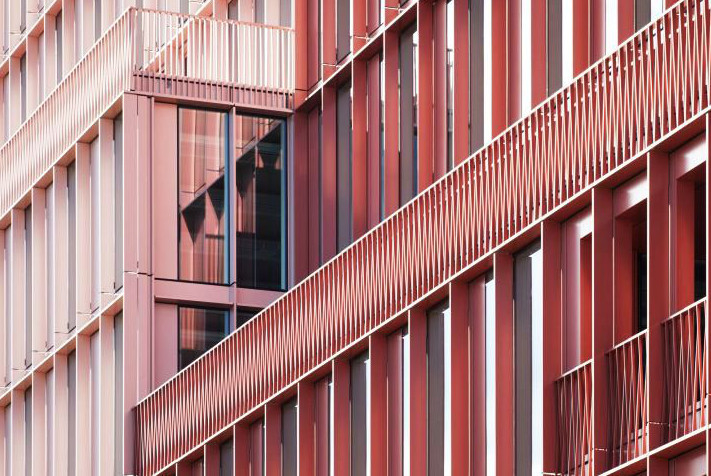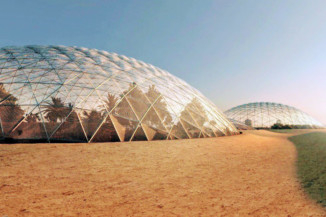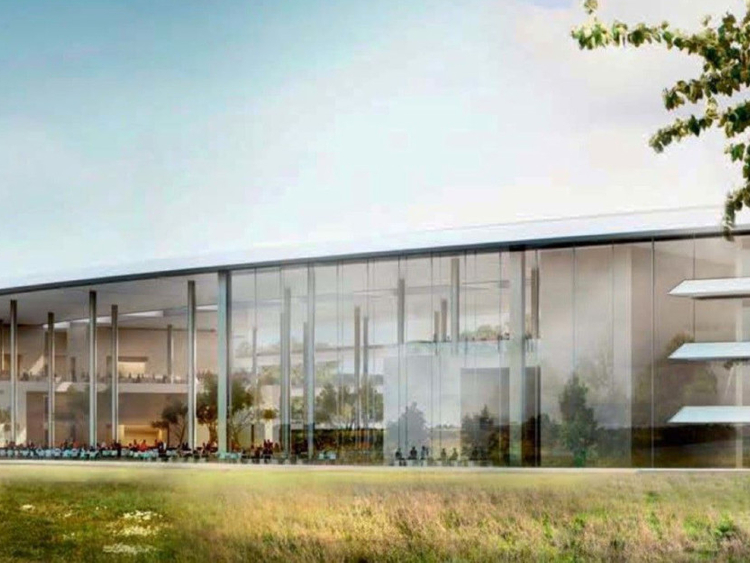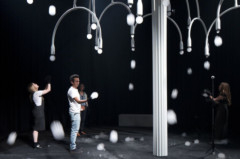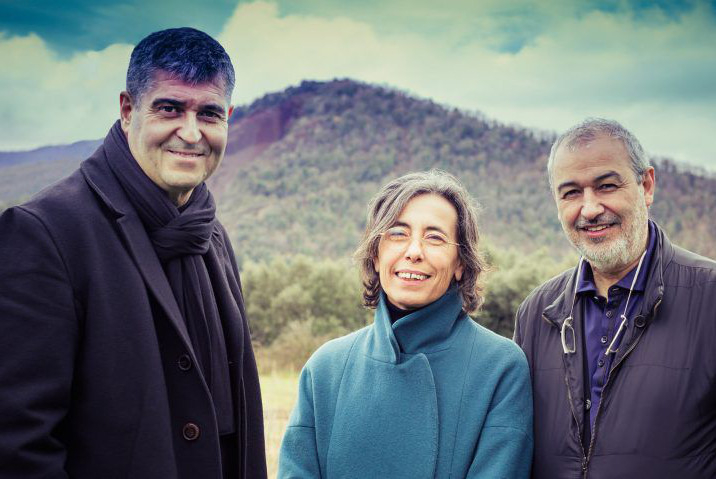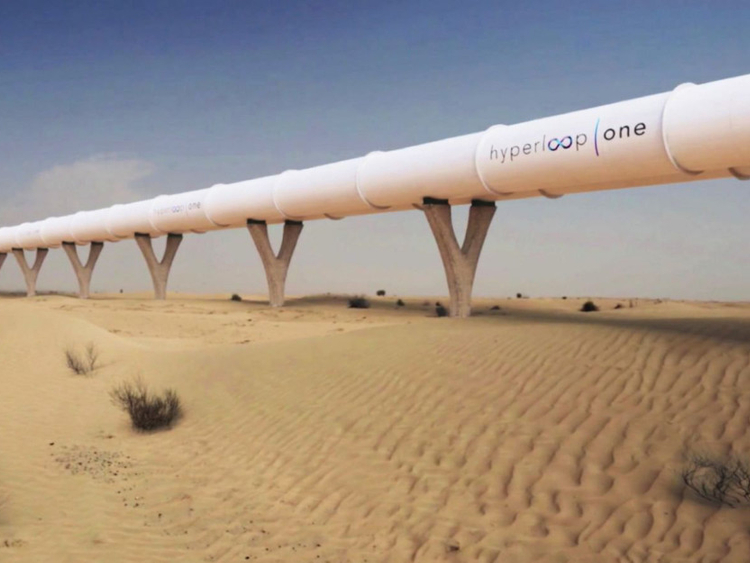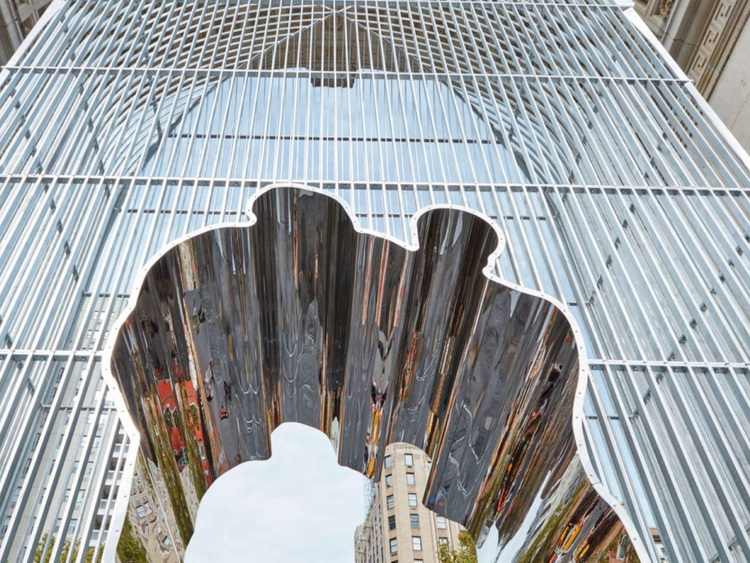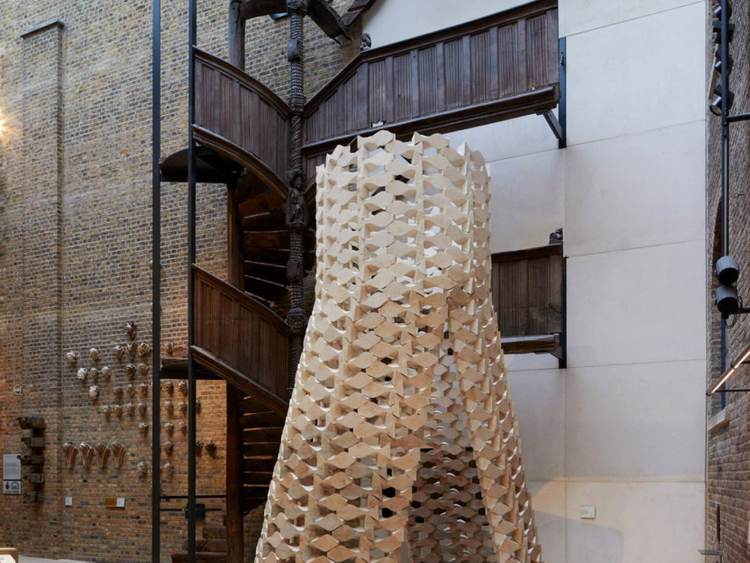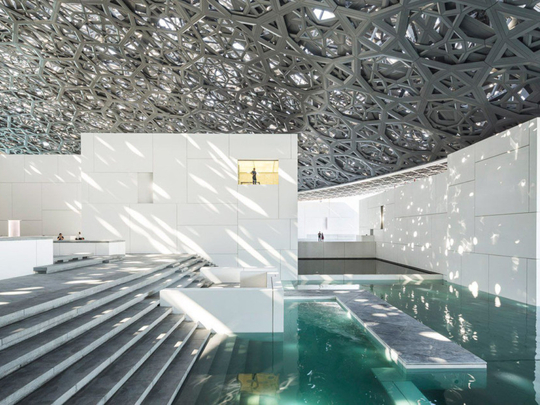
It’s been an eventful 365 days. Where politicians, policies, egos and extremists tried to divide us, people have come together in unimaginable ways. For me, 2017 will go down as a year that forced us to examine the humanity within us. Design of course, followed the cue.
LOUVRE ABU DHABI OPENS
The Middle East outpost of the institution finally welcomed visitors to its Jean Nouvel helmed archipelago of gallery buildings in November. Curated as a series of halls — not defined by time, region or culture — but developed across universal themes, the Museum invites the onlooker onto a journey through humanity. From ancient ritual death masks (in the first section, The Grand Vestibule) and the oldest statue to bear the human form (The First Villages gallery) to a Gothic Bible, the Torah and Hindu Goddesses (Universal Religions gallery), the Louvre Abu Dhabi makes you contemplate not only one’s place in history and the vastness of the human experience, but also ask a pertinent question — ‘What will we leave behind?’ And if all that is not spellbinding enough, Nouvel’s dome of a million stars that sits across the entire complex metaphorically holds our diversity together.
REIGN OF MILLENNIAL PINK
This gender-bending shade that hovers between blush and nude spoke to the zeitgeist of the year. Quite literally it became a movement against conformity and stereotyping. What started a few years ago with Kanye and his blush jumpers, ended up as the colour of choice for Kim Kardashian West’s KKW Beauty packaging — like it or not, that is one hell of an indicator of sustaining trends. Here we leave you with a testament to Millennial Pink’s unyielding popularity — R7, the hottest new development in King’s Cross, London, authored by the British studio Duggan Morris Architects.
MARS IN DUBAI
Spread over 17.5 hectares in the sands outside Dubai, a Dh500 million project led by Danish architect Bjarke Ingels and supported by a team of Emirati scientists, engineers and designers led by the Mohammed Bin Rashid Space Centre and the Dubai Municipality will create Mars Science City. A cluster of four geodesic domes, the largest of its kind, will house a team of scientists that will explore means for life on Mars. Expected to be the ‘most sophisticated building in the world’, laboratories will simulate the Mars’ harsh environment by making use of 3D printing technology, as well as heat and radiation insulation.
IKEA REINVENTS ITSELF
It started as a bit of a joke really, with the Swedish purveyor of flat-pack living’s takedown of Balenciaga’s expensive bag that looked like a close imitation of IKEA’s humble, blue, Frakta Bag. Since then, Ikea has provided flat-pack refugee homes, collaborations with Tom Dixon and Hay, to emerge as one of 2017’s most newsworthy forces in design. It’s latest offering, Odger, a collection of chairs produced from reclaimed wood chips and recycled plastic took three years to develop and comes in exactly four parts.
APPLE GETS IT WRONG
When Apple’s chief designer Jonathan Ive retorts that their new campus was not built for other people, it does allude that the criticism of its new ring-shaped campus in Cupertino has cut deep. American magazine Wired issued a scathing review of the Fosters + Partners designed park. Titled ‘If You Care About Cities, Apple’s New Campus Sucks’, the story read: Apple’s new HQ is a retrograde, literally inward-looking building with contempt for the city where it lives and cities in general. Not to mention reports that some Apple employees were threatening to quit over their dislike of the workspace layouts.
DESIGN FOR ALL
Never before has design stepped out of its elitist premise to engage with the general public with the fierceness that it demonstrated in 2017. Its more visible role harks back to its truest intent of creating a safe space for expression and nurturing dialogue. Dubai based AR Gallery built a conversation around global warming and industrialisation. London based Universal Design Studio built a hub for daydreaming amid the buzz of London Design Week. In Milan, Studio Swine created a sculptural tree that flowered with misty bubbles that burst upon contact with human skin. Together, these projects made space for introspection!
INTRODUCING RCR ARQUITECTES
After a slew of A-list laureates, The Pritzker Prize 2017 presented its most inspired choice in a long time. Catalonian design studio RCR Arquitectes won architecture’s highest honour, making it the first time that three architects have been awarded the Pritzker Prize, and just the second time the award has gone to laureates from Spain. Founded by Rafael Aranda, Carme Pigem and Ramon Vilalta who met at design school, RCR has marched to its own beat. Against odds, they returned to their small hometown of Olot to establish their practise, famously declined their first big client who wanted a 3,400 units apartment complex and consistently shunned the PR machine. In recent years, word of their creative might has seen them design museums across France and Belgium. But you needn’t suffer an airport to experience their work. You can savour their unique brand of inside-out architecture at Muraba Residences, on the eastern crescent of Palm Jumeirah.
HYPERLOOPED DREAMS
In November 2016, studio BIG and LA based company Hyperloop One sold us the dream of supersonic travel between Dubai and Abu Dhabi, based on a concept devised by entrepreneur Elon Musk. This year, that dream came one step closer to reality. Hyperloop One successfully completed its first trial using full scale passenger pods at their DevLoop site in Nevada — the first and only full-scale Hyperloop test track in the world. Installed in a barren stretch of desert, the 500-metre concrete tube allows the Hyperloop One team to accelerate a levitated pod at high speeds in a near-vacuum using its proprietary propulsion and control systems. In another good news for Hyperloop fantasists, the project received a major investment from Richard Branson’s company.
YEAR OF AI WEIWEI
Chinese contemporary artist and activist Ai Weiwei is no stranger to using his craft to disrupt the status quo. This year he turned his focus to the refugee predicament. Through his documentary, Human Flow, the artist examined the staggering scale of the humanitarian crisis its profound personal human impact. Then he took to the streets of New York to protest the plans for a border wall between The US and Mexico. Devised as a kick-starter project, ‘Good Fences Make Good Neighbours’ featured a gilded cage on the southeast corner of Central Park, a four-minute walk from Trump Tower. “I made it gold to please President Trump,” said Weiwei at the time. The second piece was entirely framed by the Washington Square Arch and featured the intertwined silhouette of two people.
FOR PALESTINE
It seems the Palestinian design studio AAU Anastas had a premonition of the heightened chaos the region would be plunged into. On the surface, their installation While We Wait explored anew, traditional construction means wherein stone was the primary building material; while in fact, the installation that features robot cut stone carefully assembled into a meditative enclosure serves to protest against the extension of the Israeli Wall which would cut access to a historic monastery from Bethlehem.


